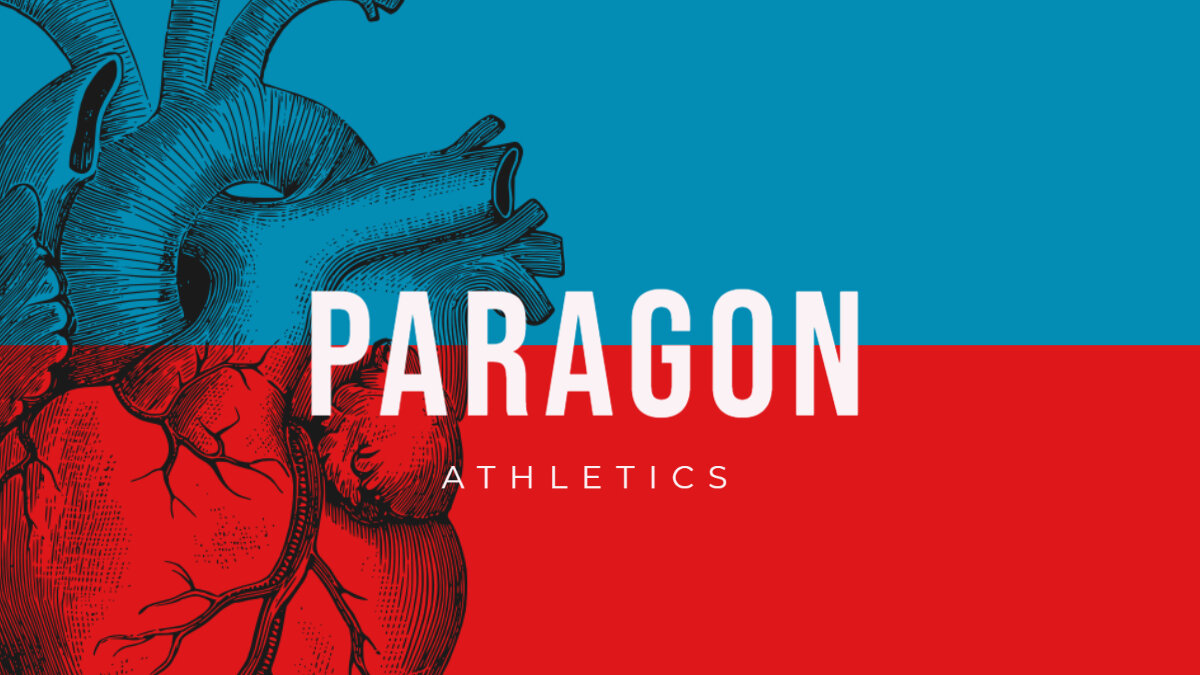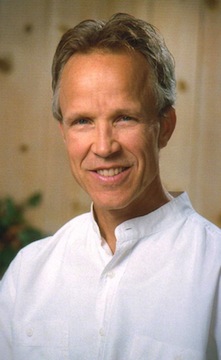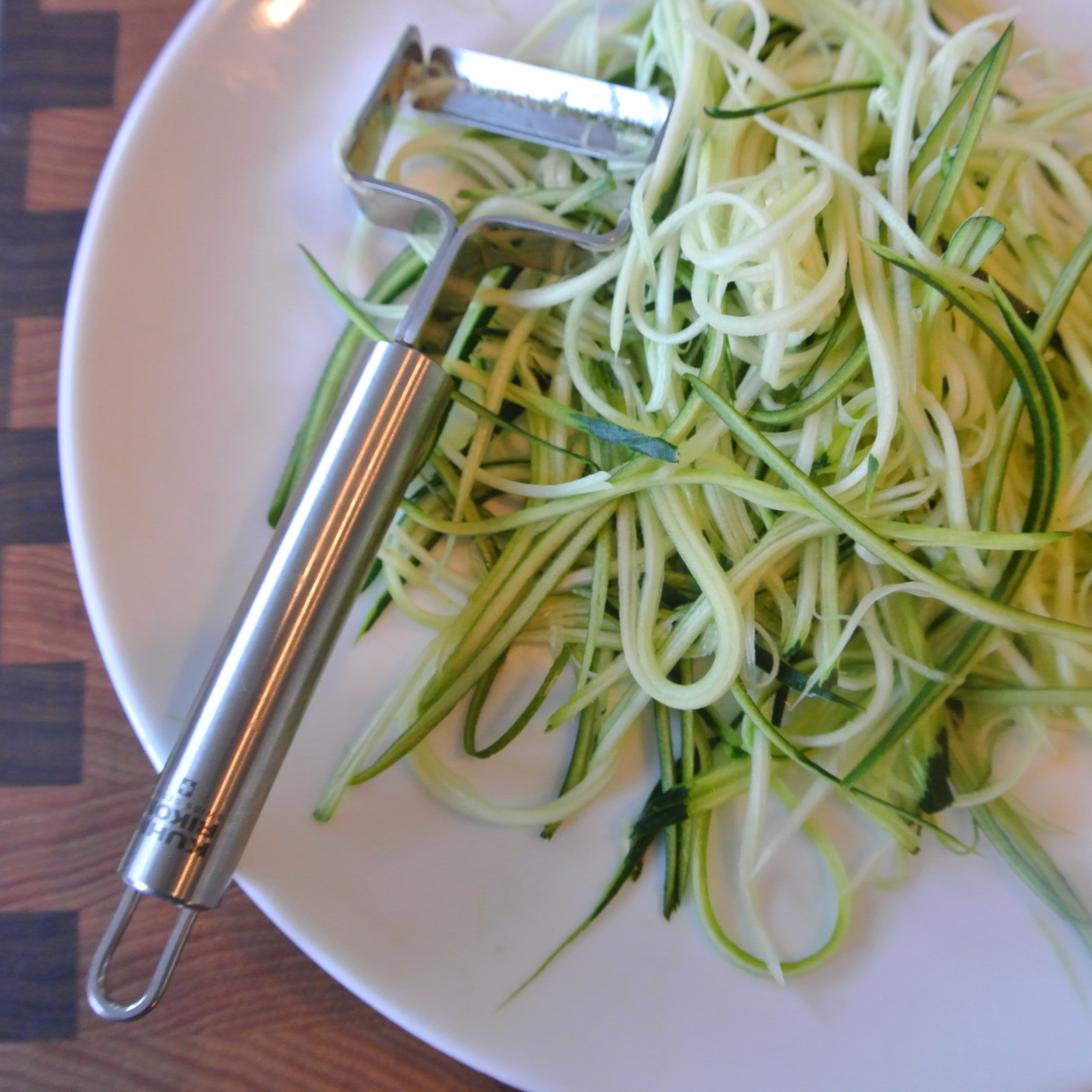If you have never heard of Joel Salatin he is a "lunatic farmer". His farm Polyface Farms implements crazy farming techniques like using chicken manure to fertilize crops and lets those chickens run around eating bugs and plants...OUTSIDE! He should be the future of food...and maybe even president. Anyway, here is a letter he wrote to the NY times in response to an article about sustainable foods:
To the New York Times and everyone interested in truth:
The recent editorial by James McWilliams titled THE MYTH OF SUSTAINABLE MEAT contains enough factual errors and skewed assumptions to fill a book and normally I would dismiss this out of hand as too much nonsense to merit a response. But since it specifically mentioned Polyface, a rebuttal is appropriate. For a more comprehensive rebuttal, read the book FOLKS, THIS AIN'T NORMAL.
Let's go point by point. First, that grass grazing cows emit more methane than grain-fed. This is factually false. Actually, the amount of methane emitted by fermentation is the same whether it occurs in the cow or outside. Whether the feed is eaten by an herbivore or left to rot on its own, the methane generated is identical. Wetlands emit some 95 percent of all methane in the world; herbivores are insignificant enough to not even merit consideration. Anyone who really wants to stop methane needs to start draining wetlands. Quick, or we'll all perish. I assume he's figuring that since it takes longer to grow a beef on grass than on grain, the difference in time adds days to the emissions. But grain production carries a host of maladies far worse than methane. This is simply cherry-picking one negative out of many positives to smear the foundation of how soil builds: herbivore pruning, perennial disturbance-rest cycles, solar-grown biomass, and decomposition. This is like demonizing marriage because a good one will include some arguments.
As for his notion that it takes too much land to grass-finish, his figures of 10 acres per animal are assuming the current normal mismanagement of pastures. At Polyface, we call it neanderthal management because most livestock farmers have not yet joined the 20th century with electric fencing, ponds, piped water, and modern scientific aerobic composting (only as old as chemical fertilization). Hence, while his figures comparing the relative production of grain to grass may sound compelling, they are like comparing the learning opportunities under a terrible teacher versus a magnificent teacher. Many farmers, in many different climates, are now using space-age technology, bio-mimicry, and close management to get exponential increases in forage production. The rain forest, by the way, is not being cut to graze cattle. It's being cut to grow transgenic corn and soybeans. North America had twice as many herbivores 500 years ago than it does today due to the pulsing of the predator-prey-pruning cycle on perennial prairie polycultures. And that was without any corn or soybeans at all.
Apparently if you lie often and big enough, some people will believe it: pastured chicken has a 20 percent greater impact on global warming? Says who? The truth is that those industrial chicken houses are not stand-alone structures. They require square miles of grain to be carted into them, and square miles of land to handle the manure. Of course, many times that land is not enough. To industrial farmers' relief, more often than not a hurricane comes along just in time to flush the toilet, kill the fish, and send pathogens into the ocean. That's a nice way to reduce the alleged footprint, but it's devilish sleight of hand with the data to assume that ecological toxicity compensates for the true land base needed to sustain a factory farm.
While it's true that at Polyface our omnivores (poultry and pigs) do eat local GMO (genetically modified organism) free grain in addition to the forage, the land base required to feed and metabolize the manure is no different than that needed to sustain the same animals in a confinement setting. Even if they ate zero pasturage, the land is the same. The only difference is our animals get sunshine, exercise, fresh pasture salad bars, fresh air, and a respectful life. Chickens walking on pasture certainly do not have any more leg sprains than those walking in a confinement facility. To suggest otherwise, as McWilliams does, is sheer nonsense. Walking is walking--and it's generally considered to be a healthy practice, unless you're a tyrant.
Interestingly, in a lone concession to compassion, McWilliams decries ranging hogs with rings in their noses to keep them from rooting, lamenting that this is "one of their most basic instincts." Notice that he does not reconcile this moral imperative with his love affair toward confinement hog factories. Nothing much to use their noses for in there. For the record, Polyface never rings hog noses, and in the few cases where we've purchased hogs with rings, we take them out. We want them to fully express their pigness. By moving them frequently using modern electric fencing, polyethylene water piping, high tech float valves, and scientifically designed feed dispensers, we do not create nor suffer the problems encountered by earlier large-scale outdoor hog operations a hundred years ago. McWilliams has apparently never had the privilege of visiting a first-rate modern highly managed pastured hog operation. He thinks we're all stuck in the early 1900s, and that's a shame because he'd discover the answers to his concerns are already here. I wonder where his paycheck comes from?
Then McWilliams moves on to the argument that economic realities would kick in if pastured livestock became normal, driving farmers to scale up and end up right where we are today. What a clever ploy: justify the horrible by eliminating the alternatives. At Polyface, we certainly do not discourage scaling up--we actually encourage it. We think more pasture-based farms should scale up. Between the current abysmal state of mismanagement, however, and efficient operations, is an astronomical opportunity to enjoy economic AND ecological advantages. McWilliams is basing his data and assumptions on the poorest, the average or below. If you want to demonize something, always pick the lowest performers. But if you compare the best the industry has to offer with the best the pasture-based systems have to offer, the factory farms don't have a prayer. Using portable infrastructure, tight management, and techno-glitzy tools, farmers running pastured hog operations practically eliminate capitalization costs and vet bills.
Finally, McWilliams moves to the knock-out punch in his discussion of nutrient cycling, charging specifically that Polyface is a charade because it depends on grain from industrial farms to maintain soil fertility. First of all, at Polyface we do not assume that all nutrient movement is anti-environmental. In fact, one of the biggest reasons for animals in nature is to move nutrients uphill, against the natural gravitational flow from high ground to low ground. This is why low lands and valleys are fertile and the uplands are less so. Animals are the only mechanism nature has to defy this natural downward flow. Fortunately, predators make the prey animals want to lounge on high ground (where they can see their enemies), which insures that manure will concentrate on high look-out spots rather than in the valleys. Perhaps this is why no ecosystem exists that is devoid of animals. The fact is that nutrient movement is inherently nature-healing.
BUT, it doesn't move very far. And herein lies the difference between grain used at Polyface and that used by the industry: we care where ours comes from. It's not just a commodity. It has an origin and an ending, start to finish, farmer to eater. The closer we can connect the carbon cycles, the more environmentally normal we will become.
Secondly, herbivores are the exception to the entire negative nutrient flow argument because by pruning back the forage to restart the rapid biomass accumulation photsynthetic engine, the net carbon flow compensates for anything lost through harvest. Herbivores do not require tillage or annuals and that is why all historically deep soils have been created by them, not by omnivores. It's fascinating that McWilliams wants to demonize pasture-based livestock for not closing all the nutrient loops, but has no problem, apparently, with the horrendous nutrient toxicity like dead zones in the Gulf of Mexico the size of New Jersey created by chemical fertilizer run off to grow grain so that the life of a beef could be shortened. Unbelievable. In addition, this is one reason Polyface continues to fight for relaxing food safety regulations to allow on-farm slaughtering, precisely so we can indeed keep all these nutrients on the farm and not send them the rendering plants. If the greenies who don't want historically normal farm activities like slaughter to occur on rural acreage could understand how devastating these government regulations actually are to the environmental economy, perhaps McWilliams wouldn't have this bullet in his arsenal. And yes, human waste should be put back on the land as well, to help close the loop.
Third, at Polyface, we struggle upstream. Historically, omnivores were salvage operations. Hogs ate spoiled milk, whey, acorns, chestnuts, spoiled fruit and a host of other farmstead products. Ditto for chickens, who dined on kitchen scraps and garden refuse. That today 50 percent of all the human edible food produced in the world goes into landfills or greenie-endorsed composting operations rather than through omnivores is both ecologically and morally reprehensible. At Polyface, we've tried for many, many years to get kitchen scraps back from restaurants to feed our poultry, but the logistics are a nightmare. The fact is that in America we have created a segregated food and farming system. In the perfect world, Polyface would not sell eggs. Instead, every kitchen, both domestic and commercial, would have enough chickens proximate to handle all the scraps. This would eliminate the entire egg industry and current heavy grain feeding paradigm. At Polyface, we only purport to be doing the best we can do as we struggle through a deviant, historically abnormal food and farming system. We didn't create what is and we may not solve it perfectly. But we're sure a lot farther toward real solutions than McWilliams can imagine. And if society would move where we want to go, and the government regulators would let us move where we need to go, and the industry would not try to criminalize us as we try to go there, we'll all be a whole lot better off and the earthworms will dance.
Joel Salatin
Polyface Farm





